The advent of technology has sparked the concept of biometrics among individuals and industries. The biometric signatures like fingerprints, iris scans, voice recognition, digitisation of veins in the palm of the hand and behavioural measurements are being adopted by many sectors. With the revolution of artificial intelligence and blockchain, facial recognition is certainly gaining more digital presence than any other biometric technology.
The reason is facial recognition systems don’t require any physical interaction by the end-user. In addition, the implementation and integration of Facial recognition technology are quite easy which eventually leads to fast verification results within seconds.
Facial Recognition – To identify and Verify
Biometrics have been used for years now to identify and authenticate persons on the basis of identifiable and recognizable data of a person, unique too. The whole phenomenon lies in two concepts:
- Identification – Who you are?
- Authentication – You are who you say you are?
Facial verification works in three basic steps:
- Facial detection – It looks out for the human faces in the images or video
- Capture – The 2D or 3D sensor captures the face and then transforms into machine-readable data by applying different machine learning algorithms.
- Face matching – The algorithms check if the two faces (one already stored in the database and another one that is captured) belong to the same person.
The AI-powered facial verification system can verify the identity of an individual in few seconds by matching facial features like a bridge of the nose, space between eyes, the contour of lips, cheekbones, chin, ears, face depth points, etc.
Facial emotion detection and recognition
The basic idea behind the invention of Facial recognition was to identify the individuals but as the technology is improving, it is not limited to just to recognize and confirm human presence. Instead, facial recognition technology is now moving towards image processing for emotion reading. Emotion recognition is different from facial recognition in a way that the goal is to identify the emotion through expressions not to identify the person.
Using facial recognition technology, the captured facial expressions are represented by geometric or appearance features. Applying machine learning algorithms, the system can map the extracted features and identify the emotion. In 2016, Microsoft introduced the software that can read emotions, google joining the queue very next year. Now Amazon’s “Rekognition” is sparking interest among the audience.
Market Capture with Facial Recognition
According to June 2019 research report, the global facial recognition market is expected to grow from $3.2 billion in 2019 to $7.0 billion by 2024, at the Compound Annual Growth Rate (CAGR) of 16.6% during this forecast period. The growth in surveillance and increased use of security applications in several industries are the major driving forces for the facial recognition market. An ever-growing demand for secure and reliable user identification services to meet regulatory compliance is providing significant opportunities for the vendors in the facial recognition market. From government agencies to financial and healthcare industries, every sector seems persistent on the use of this technology.
The Rebels – Spoofing the Facial Recognition
Despite the fact that Facial Recognition is designed to protect the data, individuals and their identities, some serious concerns are raised. If on the one hand, people are using technology to come up with security solutions, hackers and criminals have also started to utilize the resources to disrupt facial recognition algorithms.
Now the question arises if the facial recognition can really be spoofed? Yes, they already are being disrupted. In 2017, a Vietnamese company successfully implemented the “mask” to exploit and hack the face ID feature of Apple’s iPhone X. Though it was limited to small-scale disruption, still it was a major achievement for the rebels.
Witnessing such actions, now the facial recognition technology isn’t limited to images and videos, instead, companies are moving towards liveness detection combined with facial verification to confirm the remote presence of individuals and fight against spoofing attacks.
Read Also Openload Pair



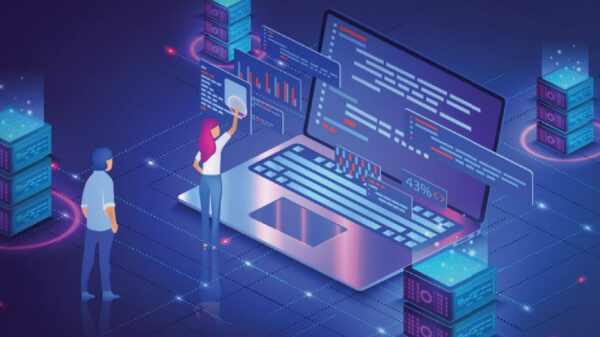

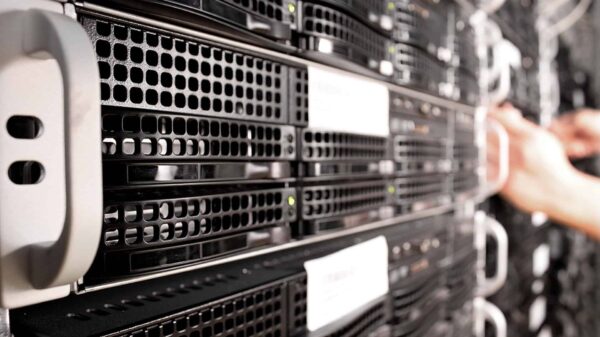
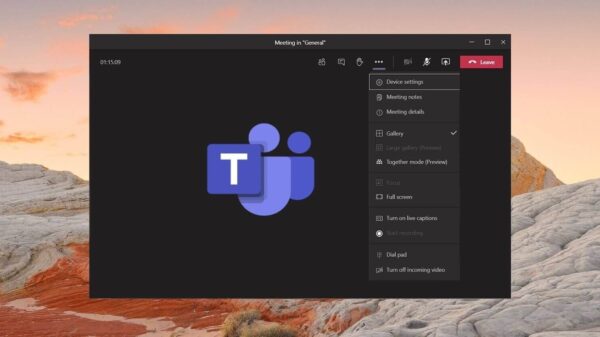




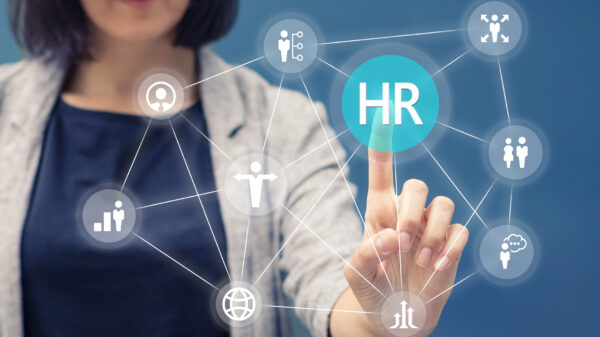














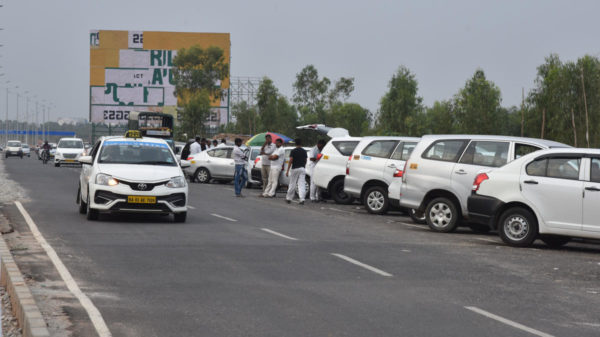






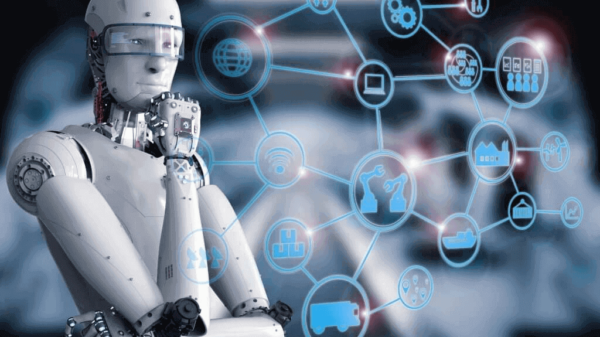





























You must be logged in to post a comment Login